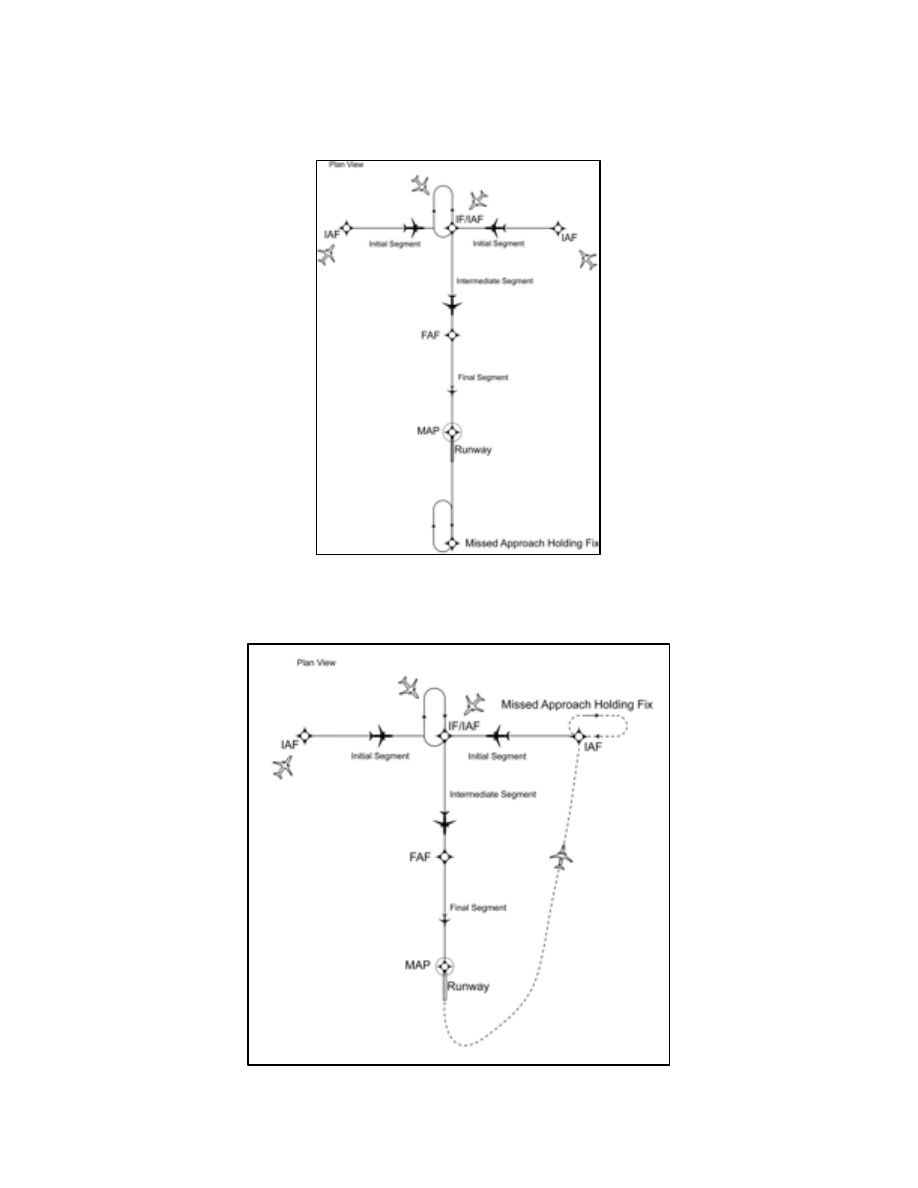
AIM
4/20/23
TBL 5
−
3
−
19
System Management Downlink Message Elements (SYSD)
CPDLC Message Sets
Operational Definition in PANS
−
ATM (Doc 4444)
FANS 1/A
ATN B1
Response
Message
Element
Identifier
Message Element
Intended Use
Format for
Message
Element Display
DM62 ERROR
(error
information)
DM62 ERROR
(error
information)
N
SYSD
−
1
System
−
generated
notification of an
error.
SYSD
−
1
DM63 NOT
CURRENT DATA
AUTHORITY
DM63 NOT
CURRENT
DATA
AUTHORITY
N
SYSD
−
3
System
−
generated
rejection of any
CPDLC message
sent from a ground
facility that is not
the current data
authority.
SYSD
−
3
DM64
(ICAO facility
designation)
Note
−
Use by FANS
1/A aircraft in B1
environments.
DM107 NOT
AUTHORIZED
NEXT DATA
AUTHORITY
Note
−
CDA and
NDA cannot be
provided.
N
SYSD
−
5
System
−
generated
notification that the
ground system is
not designated as
the next data
authority (NDA),
indicating the
identity of the
current data
authority (CDA).
Identity of the
NDA, if any, is also
reported.
SYSD
−
5
2.
The following phraseology should be utilized by pilots for establishing contact with the designated
facility:
(a)
When operating in a radar environment: On initial contact, the pilot should inform the controller of
the aircraft’s assigned altitude preceded by the words “level,” or “climbing to,” or “descending to,” as
appropriate; and the aircraft’s present vacating altitude, if applicable.
EXAMPLE
−
1.
(Name) CENTER, (aircraft identification), LEVEL (altitude or flight level)
.
2.
(Name) CENTER, (aircraft identification), LEAVING (exact altitude or flight level), CLIMBING TO OR DESCENDING
TO (altitude of flight level)
.
NOTE
−
Exact altitude or flight level means to the nearest 100 foot increment. Exact altitude or flight level reports on initial contact
provide ATC with information required prior to using Mode C altitude information for separation purposes.
(b)
When operating in a nonradar environment:
(1)
On initial contact, the pilot should inform the controller of the aircraft’s present position, altitude
and time estimate for the next reporting point.
EXAMPLE
−
(
Name) CENTER, (aircraft identification), (position), (altitude), ESTIMATING (reporting point) AT (time)
.
(2)
After initial contact, when a position report will be made, the pilot should give the controller a
complete position report.
EXAMPLE
−
(
Name) CENTER, (aircraft identification), (position), (time), (altitude), (type of flight plan), (ETA and name of next
reporting point), (the name of the next succeeding reporting point), AND (remarks)
.
En Route Procedures
5
−
3
−
12